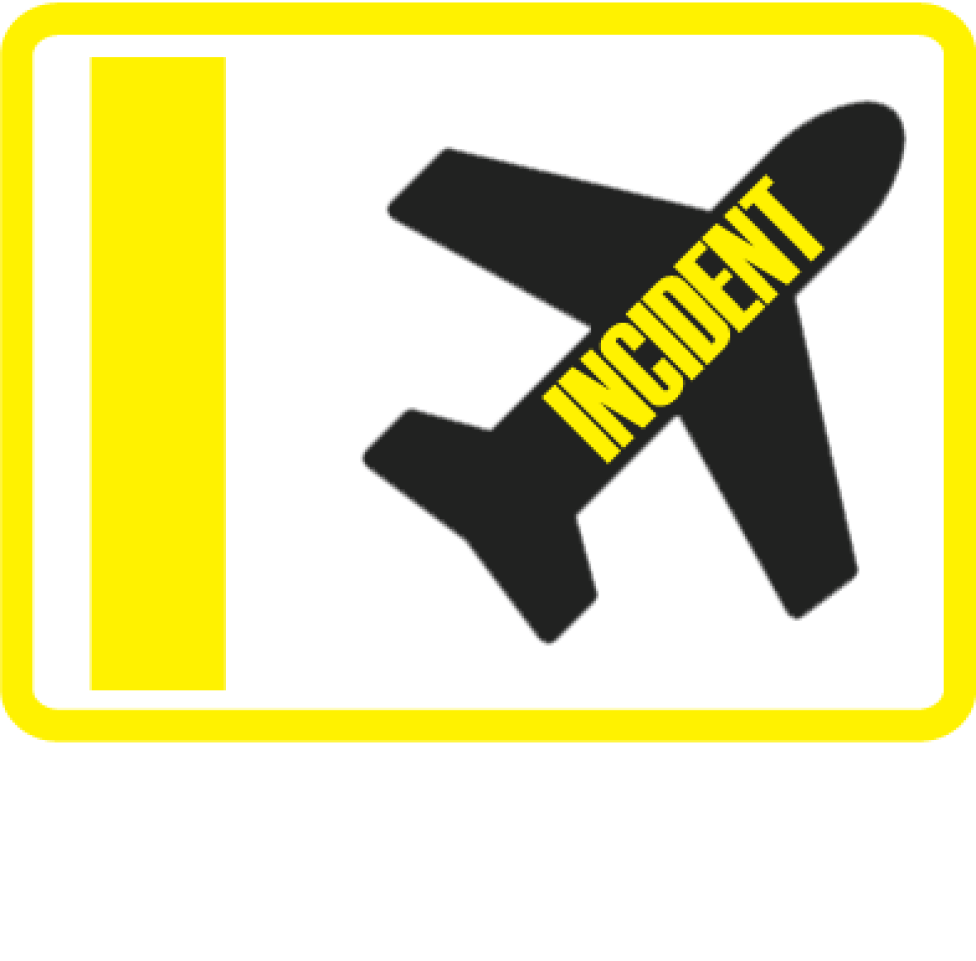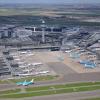Ryanair B738 at Alicante on Mar 27th 2013, tail scrape on takeoff
On Oct 8th 2014 Spain's CIAIAC released their final report within their (delayed) quarterly bulletin concluding the probable cause of the incident were:
The tailstrike took place during take-off as a result of an excessive rate of rotation during the final phase of this maneuver, accompanied by a partial loss of lift caused by rotation during a wind gust that contributed to a change in the headwind component and the deployment of the spoilers on the left wing, which deployed due to the magnitude of the control wheel by the pilot flying in an effort to offset the effects of the gust of wind.
The manual opening of the outflow valve by the crew as per the applicable procedure but not promptly following the tailstrike led to the sudden depressurization of the cabin at an altitude of 13,600 ft.
Contributing factors in this event were:
- The flight crew delay in performing the QRH procedure for Tail Strike which per the Boeing Flight Crew Training Manual should be performed when a tail strike is suspected or known.
- The uninterrupted climb during the time it took the crew to conclude that the airplane had in fact struck the runway.
- The failure of the relevant non-normal checklist in the QRH to mention the importance of the flight altitude.
Even though the crew reported the tailstrike to ATC, the tower controller did not recognize the nature of the event and authorized two movements on the runway before it was checked and verified to be free from foreign objects.
Two factors contributed to this:
- Deficient communications between ATC and the aircraft.
- The lack of knowledge of the tailstrike phenomenon by the ATC personnel involved.
During takeoff rotation the crew noticed something felt strange and suspected a tail strike but were unable to confirm that a tail strike had occurred. Cabin crew reported during initial climb they had heard strange noises from the aft of the aircraft. The captain spoke twice to the flight attendants in the back of the aircraft, who heard the strange noises, then decided to stop the climb at FL220 suspected they had suffered a tail strike and decided to return to Alicante informing ATC of the possibility of a tail strike and requesting a runway inspection for debris. Another aircraft received takeoff clearance shortly after and departed without incident.
During the descent through 13,600 feet the crew depressurized the cabin, used the oxygen masks until safe height and continued for a landing without further incident.
The CIAIAC reported: "A subsequent inspection revealed marks on the aft part of the fuselage that confirmed the contact with the runway, though the extent of the damage was limited enough that the airplane was dispatched without needing repair."
The CIAIAC analysed that the aircraft was properly trimmed and took off in cross winds far from the limit of 20 knots indicating a heightened risk of a tail strike. At 141 KIAS the first officer, pilot flying, started to rotate with a slight correction for cross wind. The CIAIAC continued: "This correction became more evident as the rotation progressed, probably as a result of the first officer’s efforts to compensate for the effect of a gust of wind, which caused the left-side flight spoilers to deploy, with the ensuing loss of lift. This bank angle correction was accompanied by a second pull back on the control stick that increased the rotation speed above the maximum values recommended to ensure separation between the tail and the runway."
The actual tailstrike occurred at the end of the rotation when the aircraft exceeded 11 degrees nose up pitch angle with the right hand main gear still on the ground.
The flight attendant in the aft cabin clearly felt the impact during the tail strike and relayed their experience to the purser who informed the captain. The captain subsequently spoke to flight attendant and specifically asked whether she thought a tail strike had occurred, which she could not definitely answer. The CIAIAC analysed: "It could be that their concern over interrupting the operation with undue cause might have influenced the way in which they conveyed the information during the flight, since the confidence they showed during statements made after the fact was not evident during their conversation with the captain. This all served to delay the captain’s decision, who needed a second conversation with the flight attendants before finally concluding that the safest course of action was to return to Alicante. This process of analyzing and exchanging information lasted ten minutes, during which the airplane continued to climb, as per the successive clearances from ATC received by the first officer."
The CIAIAC analysed highly critical of the delay until the crew stopped the climb arguing: "The aircraft must thus be kept from climbing in these situations if at all possible, both to minimize the structural stress and to speed up and simplify the prevention of pressurization required by the procedure."
The CIAIAC analysed: "The route controller did not understand the first message given by the crew (“we have touch the tail”) and asked for confirmation that they had been hit by a bird (“birdstrike”). The crew did not answer this query in the negative, instead explicitly using the term tailstrike, though this was not understood by the controller either. In none of the exchanges between the route and approach controllers, or between the latter and the control tower, was this word used. The similar sound of the two words in English (tailstrike versus birdstrike) could have caused the route controller to confuse them."
In internal communication the cause for the return was provided as a bird strike. The CIAIAC stated: "The tower personnel were thus ignorant of the true nature of the problem and of the possibility that there may have been debris on the runway from an aircraft, which is much more dangerous than the remains of a bird." and argued: "Though no debris was found given the limited impact between the aircraft and runway, using a runway with debris detached from an aircraft is a potentially hazardous situation that must be avoided at all cost. While tailstrikes are not common, they are also not rare events. The analysis of this incident suggests the need to improve controller knowledge of this type of event and include it as part of the abnormal and emergency situations that ATC personnel might be required to manage."
http://avherald.com/h?article=460ffef5/0000














Komentarze